Vision is one of the most important sensory systems through which we receive information about the world around us. The importance of caring for him is undeniable. Sometimes it becomes necessary to turn to auxiliaries in the form of drops - in case of infections, in case of dry eyes, overwork or conjunctivitis. The editorial staff of the site "bestx.htgetrid.com/en/" offers a rating of high-quality antibacterial eye drops for 2020, compiled according to the opinion of doctors and buyers. But do not forget - you need to consult an ophthalmologist before buying.
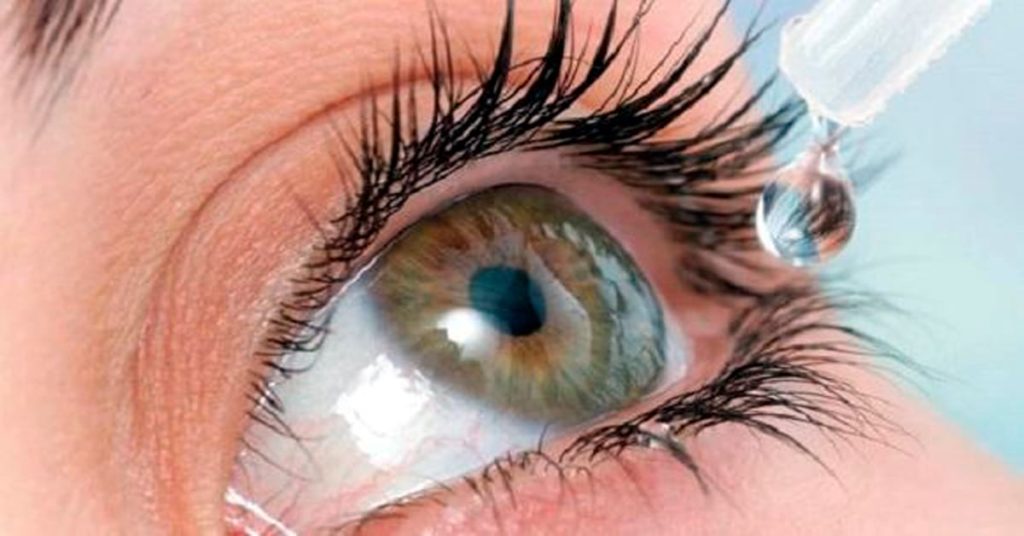
What are eye drops
They are divided according to their functionality depending on the reasons that need to be eliminated. The selection criteria should be influenced by the opinion of a specialist and the problem itself. The drugs are divided into groups:
- antiseptic, antibacterial, anti-inflammatory;
- vitamin;
- moisturizing;
- vasoconstrictor;
- antiallergic;
- for the treatment of cataracts;
- for diagnostic procedures.
What you need to pay attention to when buying What purpose do you pursue when choosing a drug. Therefore, in order not to make mistakes when choosing, you need to know exactly the nature of the disease and buy drops as prescribed by a doctor.
Antibacterial drops are designed to fight pathogenic organisms when they get on the mucous membrane of the organ and eliminate infectious diseases. In turn, they are also subdivided according to their effect on bacteria:
- destroy the cellular structure of bacteria, thereby preventing its reproduction;
- violate the structure of membranes and contribute to the rapid death of organisms;
- or inhibit the synthesis of nucleic acids, destroying the composition of the bacteria and stopping its reproduction.
Therefore, it is first necessary to determine the type of infectious agent and its resistance to antibiotics.
Types of diseases
- Conjunctivitis - the disease is often infectious, expressed by lacrimation, photophobia, redness. Purulent discharge is characteristic of a bacterial disease (staphylococcal processes, gonococcal conjunctivitis), and mucous membranes are characteristic of a viral disease (measles, rubella, adenovirus infection, herpes, etc.). In addition, there is allergic conjunctivitis when prescribed antiallergic drugs.
- Keratitis and its edematous forms are accompanied by eye pain, eyelid spasm, clouding of the eye and pain in it, photophobia, watery eyes, blurred vision and the appearance of spots before the eyes. The deep stage of the disease causes a persistent drop in visual acuity and leaves scarring on the cornea. Antibiotics and antimicrobial drugs are used for treatment.
- Uveitis is characterized by similar symptoms: eye pain, dark spots, photophobia, and watery eyes. Drugs for treatment are almost the same as for keratitis. Depending on the location of the inflammation of the vascular tract, there are:
- iridocyclitis - processes in the iris and ciliary body;
- peripheral uveitis - in the retina, choroid and vitreous body;
- posterior - inflammation of the choriodea;
- chorioretinitis - processes affect the choriodea and the retina.
Thus, it is impossible to independently diagnose and choose the correct treatment and the necessary drug without consulting a specialist.
Drops containing an antibiotic are used against bacterial infections, viral-bacterial or fungal diseases. Antiseptic preparations do not contain antibiotics and have antimicrobial effects.
Antiseptics eliminate the infection and prevent it from multiplying. They have the functionality to kill microorganisms, have a systemic effect and are hypoallergenic, respectively, they have few contraindications. Due to the possibility of only local action, they do not harm pregnant women, lactating women and newborns. But, despite all the advantages, they are quite aggressive, so they must be used with caution and under the supervision of a doctor.
Prescribe drugs when the following diseases are found:
- conjunctivitis;
- blepharitis;
- barley;
- keratitis;
- corneal ulcers of infectious origin.
Often, the use of drugs is practiced after surgery on the organs of vision.
The most active active ingredient in the composition determines the group to which the drops belong:
- chloramphenicol;
- aminoglycosides;
- fluoroquinolones.
According to ophthalmologists, it is preferable to use a wide range of agents due to the fact that they fight against many pathogenic organisms.
How to apply eye drops
Despite some peculiarities, there are general instructions for use:
- clean hands and tools;
- compliance with precautions;
- individual use of a bottle or pipette;
- during the procedure, avoid contact of the pipette or vial with the organ;
- since the eye is a paired organ, it is necessary to bury it in both eyes;
- observance of the expiration date;
- when prescribing drops and ointments for treatment, use the drops first, after a while you can lay the ointment;
- the procedure is best done while lying with open eyes, and after it you should lie down with closed eyes for 2 minutes to evenly distribute the drug;
- adherence to the treatment regimen: 4 times a day for a week (except futsitalmic). Correction is discussed with an ophthalmologist;
- refusal of lenses during treatment to avoid re-infection.
Possible side effects
The following reactions are acceptable and indicated in the instructions: redness and irritation, burning sensation, cramps or itching, increased lacrimation. They can occur both in case of intolerance to the components in the composition of the drug, and in violation of the treatment regimen. If there are adverse reactions not foreseen in the instructions, you should suspend the treatment and consult a doctor for advice.
Rating of the best antibacterial eye drops
The division into children's and adult drugs is due to its different composition and properties, the concentration of the antibiotic or antiseptic content. Some eye drops are suitable for both adults and children: sodium sulfacil, tobrex, chloramphenicol, ciprolet, vitabact, maxitrol, floxal, uniflox, fucitalmic.
For adults
Oftadek
The drug with decamethoxin resists bacteria and fungi. It is prescribed for conjunctivitis, gonoblennorrhea, blepharoconjunctivitis, chlamydial lesions. Not addictive, can be used for a long time. The average price is from 50 rubles.
Advantages:
- suitable for treating lenses;
- are not toxic;
- excellent antiseptic effect;
- inexpensive;
- enhances the effect of antimicrobial drugs when used simultaneously.
Disadvantages:
- not found.
Tsipromed
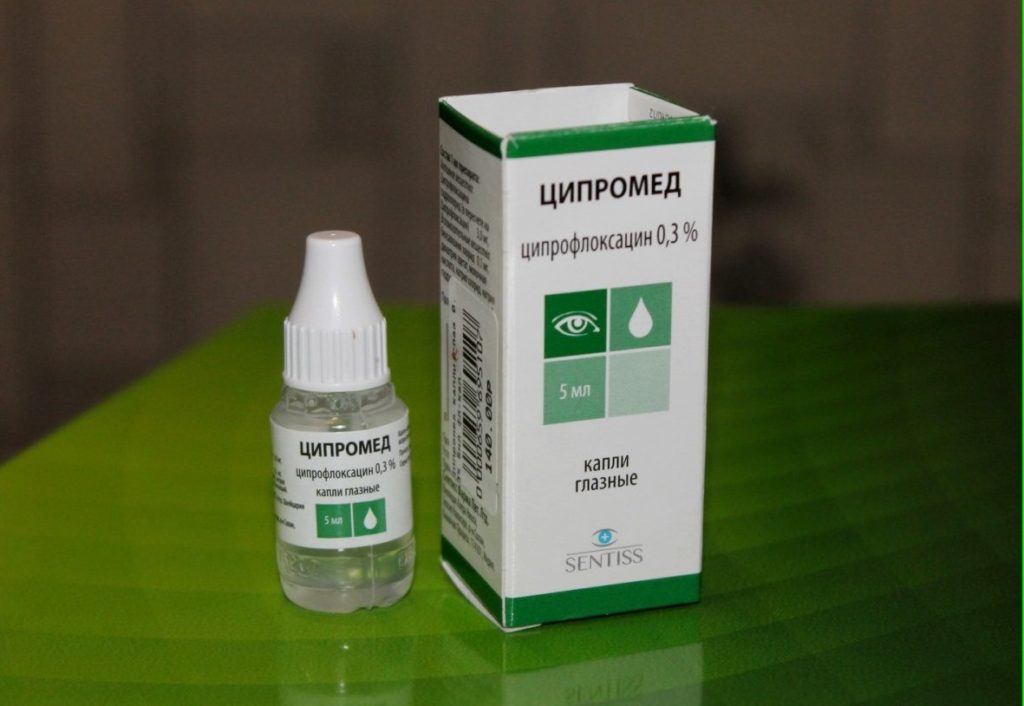
The antibiotic ciprofloxacin from the fluoroquinolone group has a destructive effect on the synthesis of bacteria and prevents them from multiplying. Antibacterial and bactericidal effect. Low toxicity and minimal side effects does not mean that consultation and appointment of an ophthalmologist is not required. The average price is from 90 rubles.
Advantages:
- successfully resists bacteria;
- inexpensive;
- well into the affected areas of the eye;
- a wide range of activities.
Disadvantages:
- excreted in mother's milk - contraindicated for nursing.
Dancil
It has antimicrobial and bactericidal action due to the antibiotic ofloxacin. By counteracting the division of cells of microorganisms, it leads to their destruction. The undoubted advantage is that it works even in cases of resistance to antibiotics of another generation. It is indicated for infectious processes and after surgery. The cost of the drug is 115 rubles.
Advantages:
- actively affects bacteria in a destructive way;
- a wide range of actions;
- leads to the death of harmful bacteria;
- inexpensive.
Disadvantages:
- immediately after application, visual acuity temporarily decreases, as a result of which it is not recommended to get behind the wheel of a car.
Sofradex
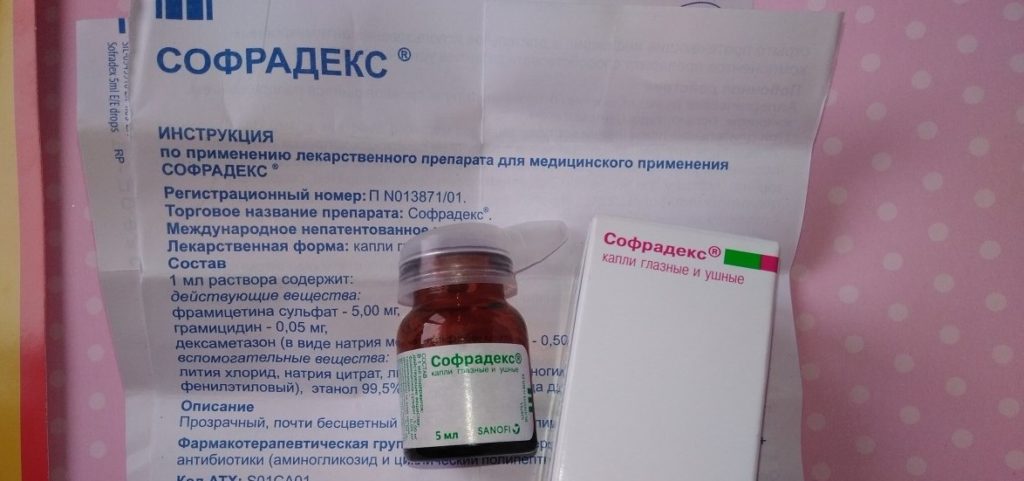
Multifunctional highly effective drug, which is used in ophthalmology and ENT diseases of an infectious nature. The drops contain two antibiotics and a glucocorticosteroid and successfully fight bacteria. They also have antihistamine and anti-inflammatory effects and eliminate the symptoms of the disease in the form of itching, burning, inflammation, swelling, and also with an allergic reaction. The cost of 5 ml is from 320 rubles.
Advantages:
- copes with unpleasant symptoms of the disease;
- combined drug of a wide spectrum;
- effective powerful drug.
Disadvantages:
- contraindicated in lactation, glaucoma, cataract.
Signicef
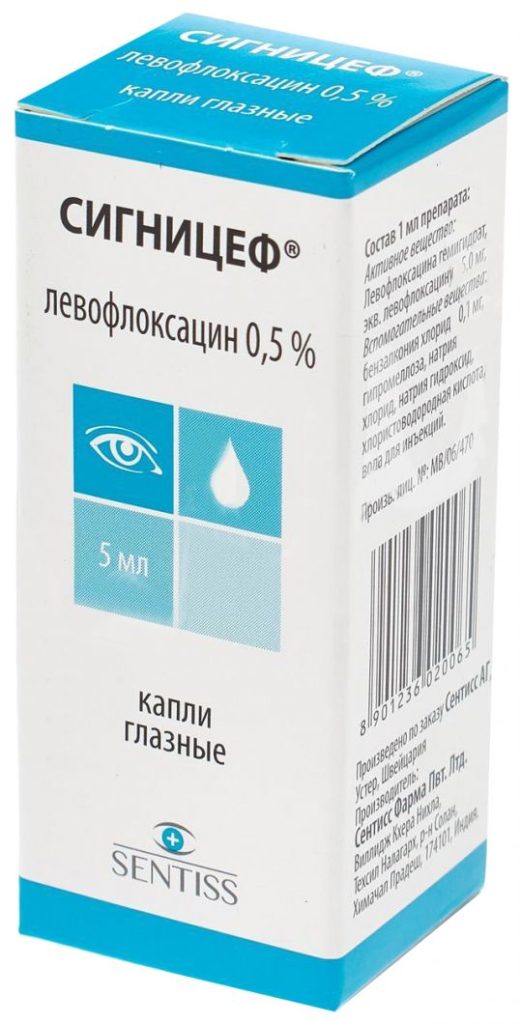
Indian drug, the active substance of which is levofloxacin. This antibiotic is a synthetic modification of ofloxacin. Due to its origin, it effectively acts on bacteria with few side effects and almost does not cause resistance of microorganisms to its action. Drops are prescribed for infections of the accessory apparatus of the eye, as well as before or after laser or surgical interventions. A bottle costs from 170 rubles.
Advantages:
- a popular proven remedy in domestic ophthalmology;
- the antibiotic is well preserved in the tear film of the eye and continues to destroy pathogenic microorganisms;
- effective;
- a small amount of side effects;
- budgetary.
Disadvantages:
- not recommended for pregnant and lactating women.
For children and adults
Antimicrobial agents containing active and potent components are tried not to be prescribed to children unnecessarily due to side effects. But in some cases, the need for treatment of pathology makes us turn to such means. List of medicines prescribed for children.
Albucid
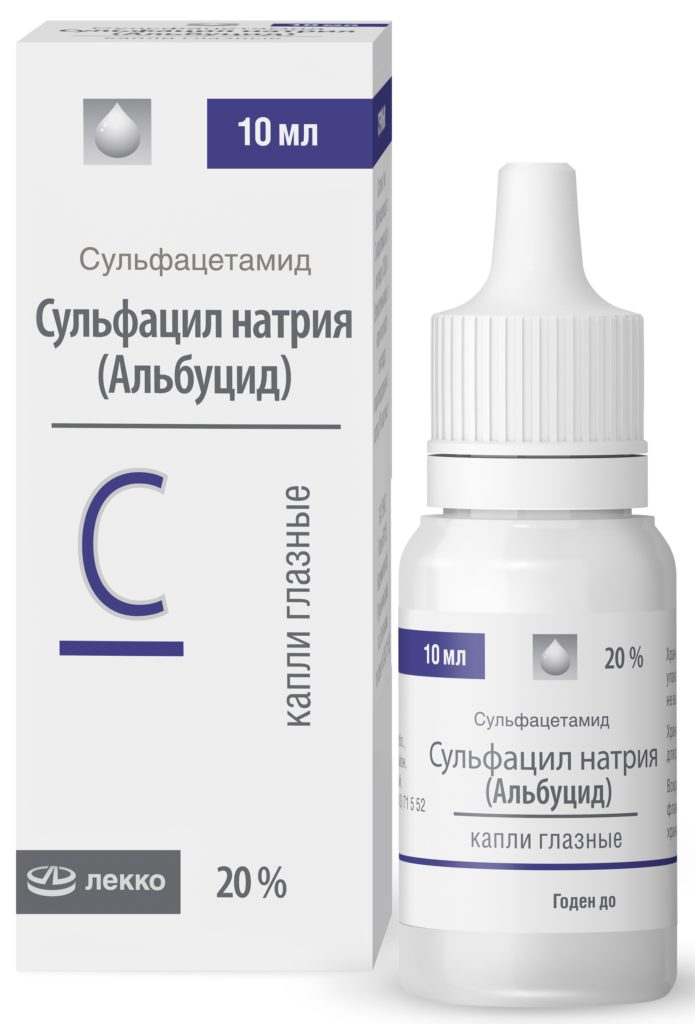
Sulfacetamide, albucid, or sodium sulfacyl are the names of one popular Russian drug from the sulfonamide group. Eliminates the growth of pathogenic bacteria and effectively destroys microbes. Suitable for instillation and for adults, including pregnant women, and children. Prescribed for diseases of the eyelids, purulent ulcers of the cornea of the eye, conjunctivitis, blepharitis, gonorrhea of the eyes, chlamydial lesions of the eyeballs; keratitis. Very cheap - from 20 rubles.
Advantages:
- multifunctional;
- available;
- inexpensive;
- works;
- can be used for children.
Disadvantages:
- with caution - after 65 years and patients with diabetes mellitus;
- causes a burning sensation;
- uncontrolled use has resulted in resistance in many people.
Tobrex
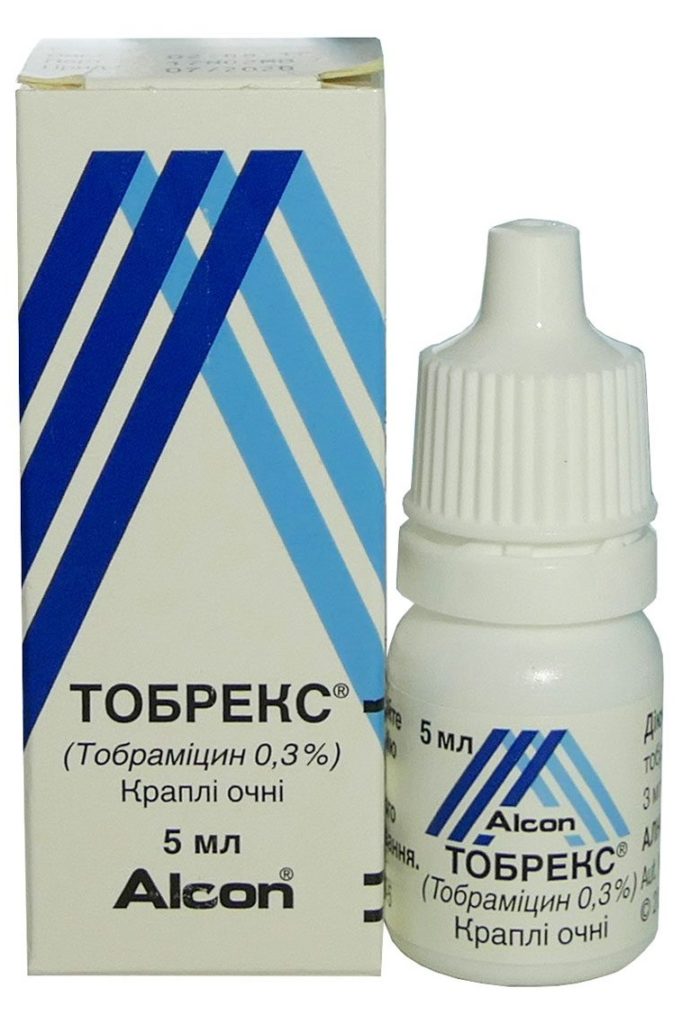
Has a bactericidal effect. Contains tobramycin from the aminoglycoside group. Shown for the destruction of staphylococcal and streptococcal flora, activity against Escherichia, Proteus and Pseudomonas. It is prescribed for the treatment of bacterial conjunctivitis, blepharitis, keratitis, iridocyclitis, dacryocystitis, and for the prevention of postoperative microbial complications. Price - from 170 rubles.
Advantages:
- minimum side effects;
- broad action;
- positive effect;
- suitable for the prevention of inflammation.
Disadvantages:
- can not be used with breastfeeding;
- allergic reactions are possible.
Vitabact
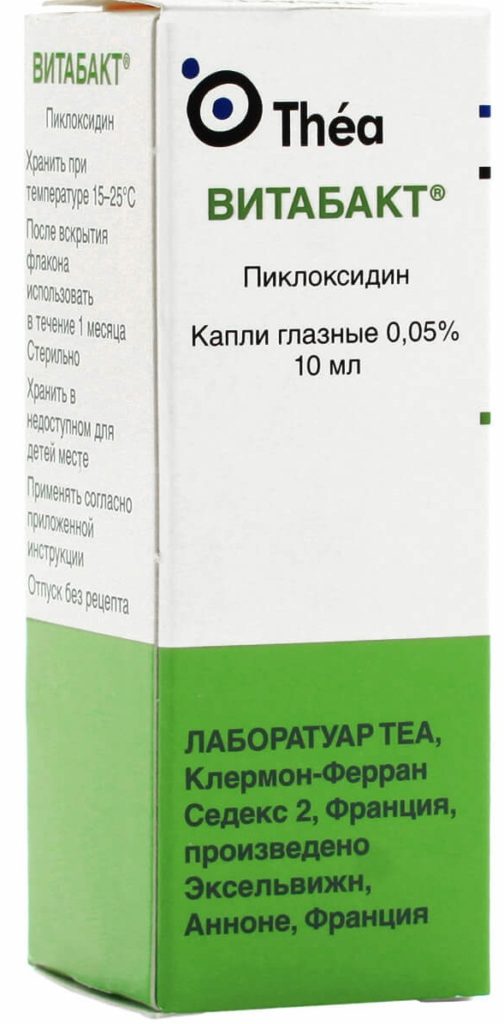
Antimicrobial and antiseptic product. Destroys bacteria, viruses and fungi with the active ingredient - piloxidine. Assign to newborn children. 10 ml can be bought for 420 rubles.
Advantages:
- effective for all infections;
- used after eye surgery.
Disadvantages:
- possible allergic reactions in the form of conjunctivitis.
Futsitalmik
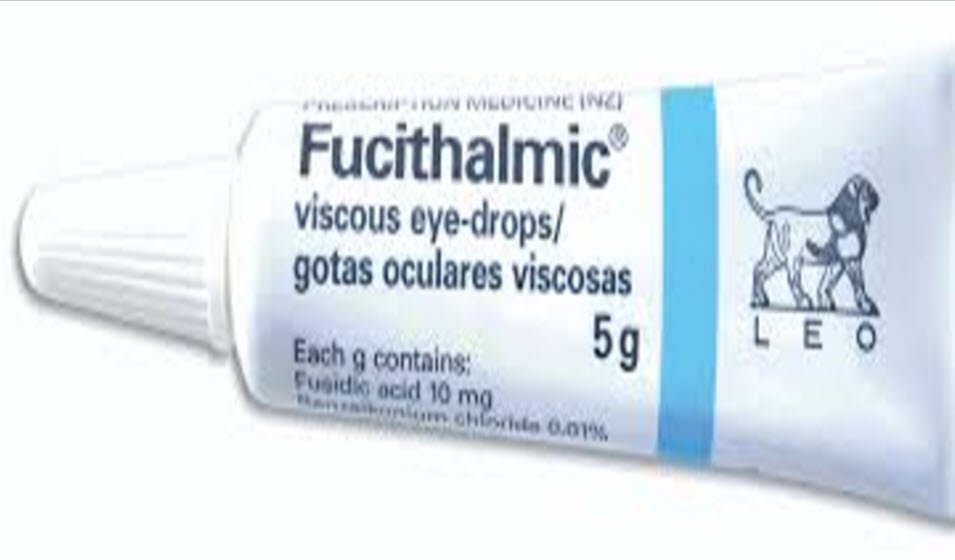
It has no contraindications and is used in the treatment of inflammatory processes. Thanks to the natural active ingredient - fusidic acid - it does not cause allergic reactions. Recommended for children from birth. Effective in the treatment of conjunctivitis, blepharitis, keratitis; dacryocystitis. Average price - from 300 rubles for 5 g of product.
Advantages:
- natural component;
- few side effects;
- copes with the task.
Disadvantages:
- contraindicated in premature babies.
Floxal
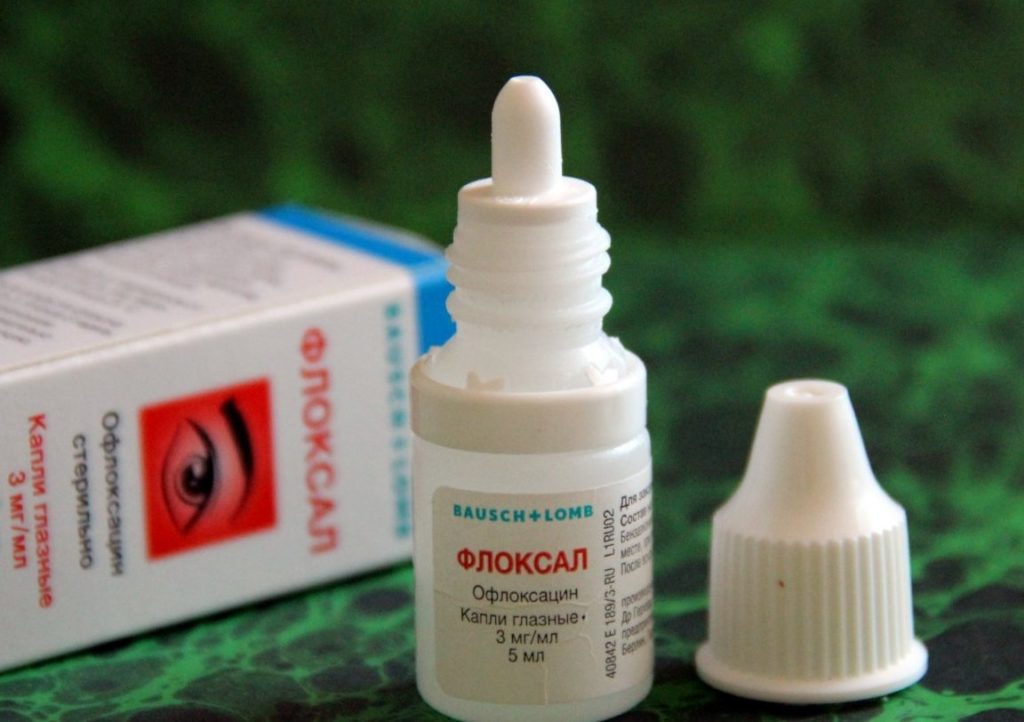
Antimicrobial drug of the fluoroquinolone group. Effective for both treatment and prevention of infectious and inflammatory processes. The average price is from 250 rubles.
Advantages:
- a wide range of actions;
- not addictive;
- indicated for blepharitis, conjunctivitis, corneal ulcer, keratitis.
Disadvantages:
- contraindicated in pregnancy and breastfeeding.
Maxitrol
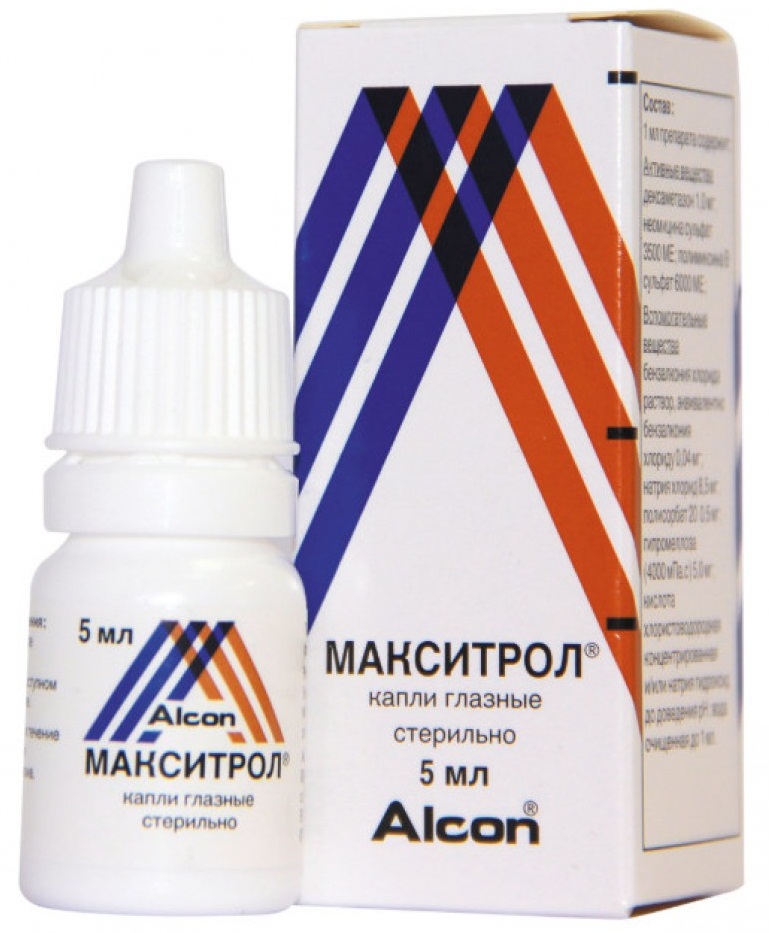
It is prescribed for eye infections. The synthesis of corticosteroids and antibiotics has an anti-inflammatory and anti-allergic effect, dexamethasone has a destructive effect on inflammatory processes. Applied for blepharitis, conjunctivitis, keratoconjunctivitis, keratitis, iridocyclitis. The average cost is from 500 rubles per bottle.
Advantages:
- effective formula;
- average price;
- application after operations.
Disadvantages:
- many side effects and contraindications.
Levomecitin
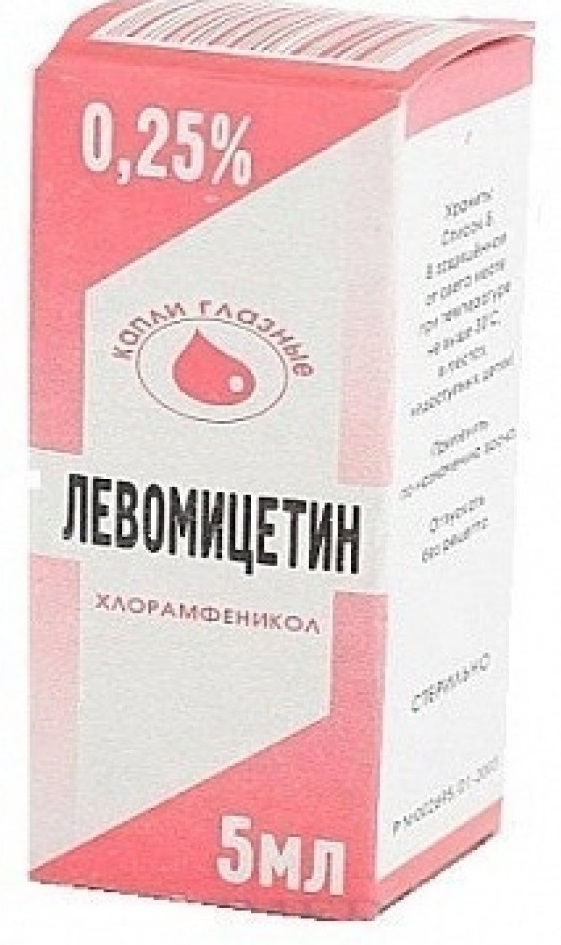
Russian popular inexpensive drug that destroys bacteria and prevents their growth thanks to the antibiotic chloramphenicol. It is prescribed for infectious and inflammatory processes in the eyes, when long-term treatment is not required, or for residual conjunctivitis or barley dissection. The price is low - from 10 rubles.
Advantages:
- popular due to its low cost;
- a wide range of actions;
- available.
Disadvantages:
- some patients develop drug resistance.
Vigamox
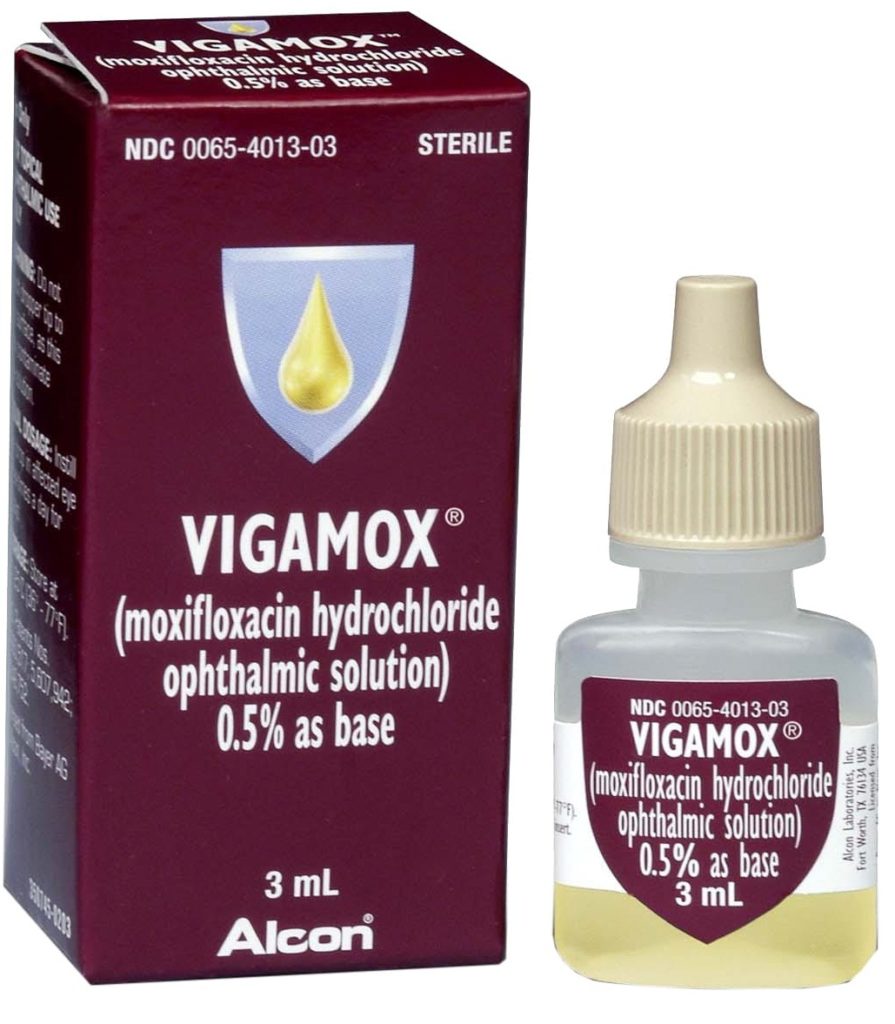
An antibacterial drug with a bactericidal effect can be used in children from 1 year old. The antibiotic fluoroquinolone moxifloxacin hydrochloride effectively prevents the growth of pathogenic bacteria. The main purpose is to help with conjunctivitis. Cost - from 190 rubles.
Advantages:
- effectively fights against most microorganisms;
- quickly excreted from the body;
- inexpensive.
Disadvantages:
- contraindicated in breastfeeding, pregnancy and children under 1 year of age;
- side effects in the form of shortness of breath, nausea, tachycardia.
Normax
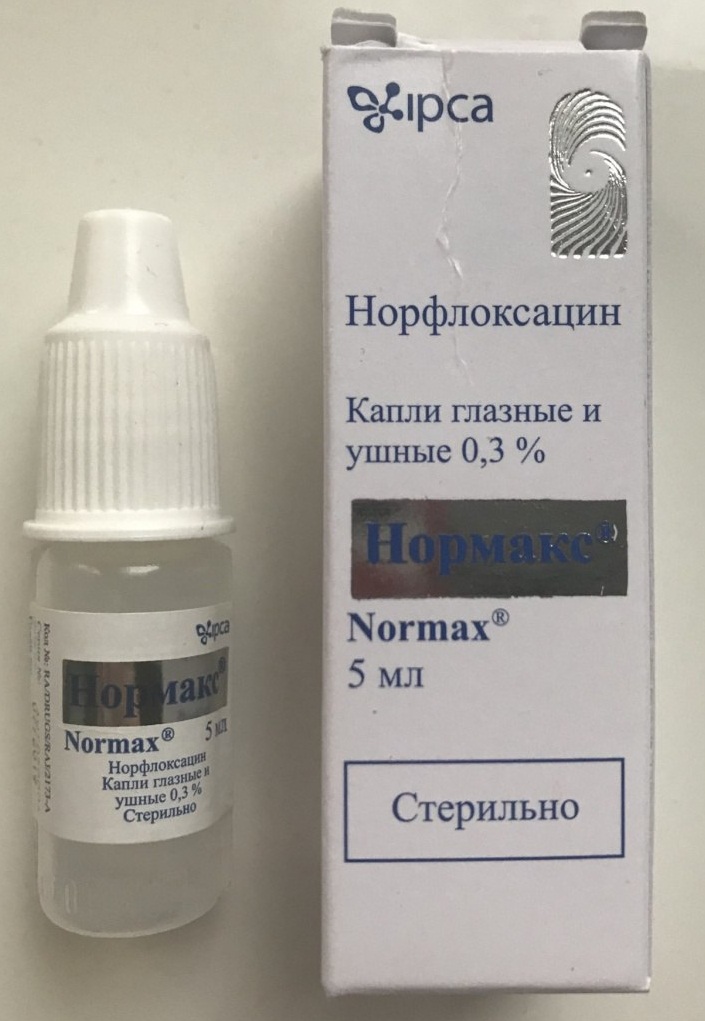
Eye drops of the fluoroquinolone group are indicated to counteract bacterial growth. It does not destroy existing microorganisms, but due to blocking the possibility of their reproduction, they disappear. The drug is a broad spectrum, not prescribed until the age of 12 years. It is indicated for the treatment of conjunctivitis, keratitis, blepharitis, blepharoconjunctivitis, as well as in the postoperative period to reduce the risk of infections. The average price is from 160 rubles.
Advantages:
- potent remedy;
- efficiently;
- few contraindications;
- inexpensive.
Disadvantages:
- can not be used until the age of 12 years.
The editors of the site "bestx.htgetrid.com/en/", having prepared a list of over-the-counter medicinal products for the eyes, hopes that you will not self-medicate and make a purchase in accordance with the instructions of an ophthalmologist so as not to harm your eye health. All eye drops can be purchased from pharmacies or ordered online from online pharmacies. Please leave your feedback on the tools you used and the effectiveness of their action.












